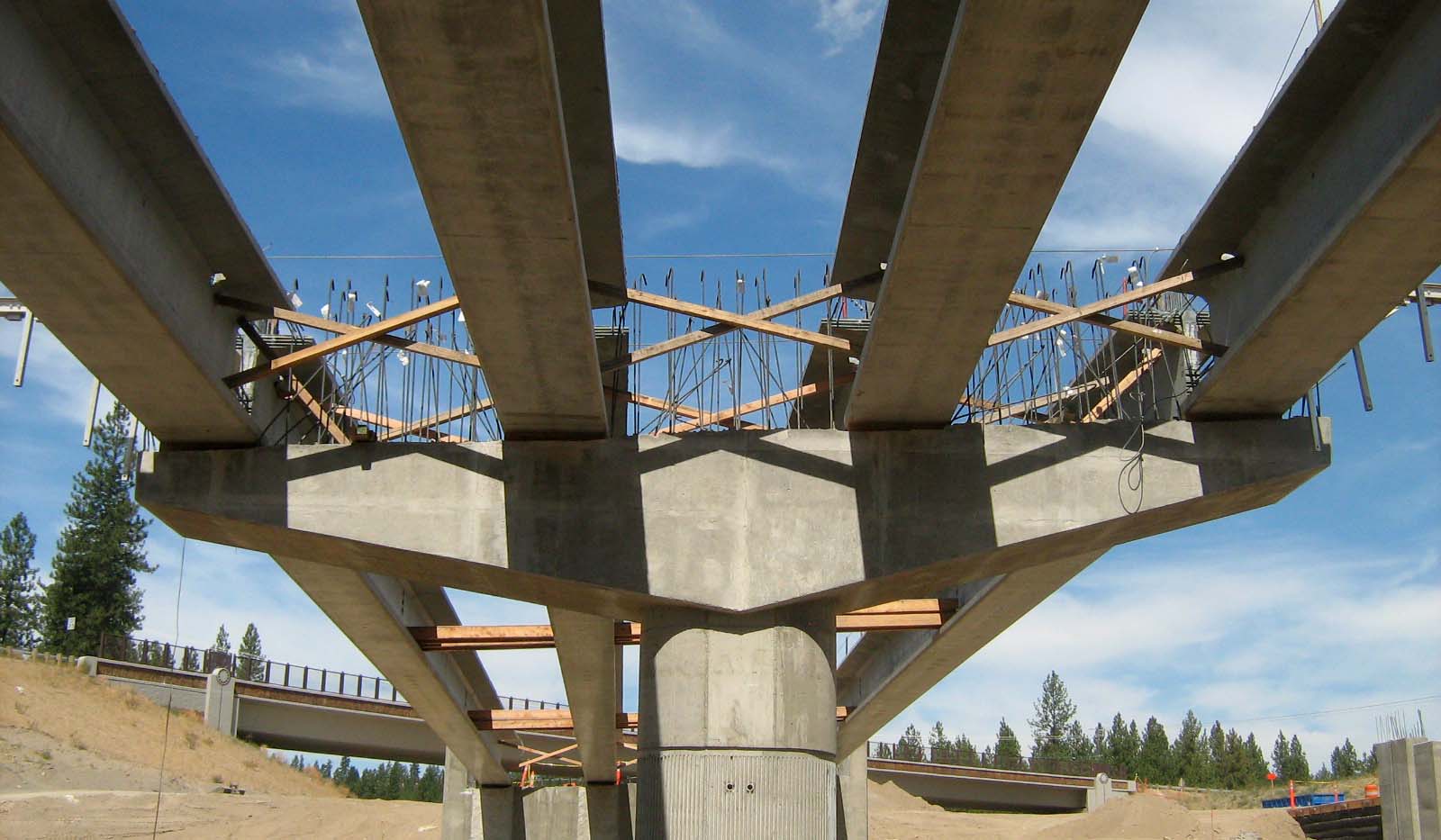Liquefaction-induced lateral spreading is a critical design consideration for many bridges in highly seismic regions of the Pacific Northwest, with broad impacts on safety for the general public. The current design procedures used to estimate liquefaction-induced lateral spreading in bridge-foundation-soil systems are often overly conservative, with the result that the construction of bridges may be more costly than necessary.
A modified design procedure, an equivalent static analysis (ESA) procedure based on a two-dimensional pile pinning concept, has been developed as a means to more appropriately consider relevant factors, and it has been shown to be effective at reducing some of the excessive conservatism associated with more simplified design approaches. However, only limited testing and analysis have been conducted to verify and benchmark the relative safety of the resulting design solutions for a range of bridges, foundations, and soil conditions.
Before local agencies adopt this modified design approach, it is important to verify the safety of the resulting bridge and foundation designs for conditions typical in the Northwest, and to develop a database and benchmarking framework useful for future evaluations.
This work aimed to verify the modified simplified design procedure by using three-dimensional (3-D) finite element analysis (FEA) and to increase understanding of the site geometry conditions that necessitate a more comprehensive consideration of 3-D effects in foundation design. The project objectives were accomplished by analyzing 200 distinct cases using both 3-D FEA and simplified ESA models of the soil-foundation system. The cases for these parameter studies considered different combinations of bridge approach embankment width, non-liquefiable crust thickness, liquefiable layer thickness, and foundation size/stiffness.
This modeling effort provided evidence that consideration of the 3-D geometry of a site is an important factor in the analysis of bridge foundations subject to lateral spreading, and the modeling determined that for a given level of lateral spreading deformation, the lateral response of the foundation for a particular site is governed by the interaction of multiple site parameters, including the location and size of the liquefied layer, the width of the approach embankment, and the size and stiffness of the foundation. Overall agreement in the qualitative and quantitative assessments of the results obtained from the 3-D FEA and simplified ESA modeling efforts offered important verification of each modeling approach and the assumptions associated with each.
Verification of the modified lateral spreading design approach will not only lead to potential cost savings in the design and construction of future bridges but will also increase public safety by reducing the potential for bridge collapse and minimizing the time associated with lost bridge service immediately following lateral spreading caused by an earthquake.
Authors:
Christopher R. McGann
Partha S. Bhattacharjee
WSU Department of Civil and Environmental Engineering
Sponsor: PacTrans

